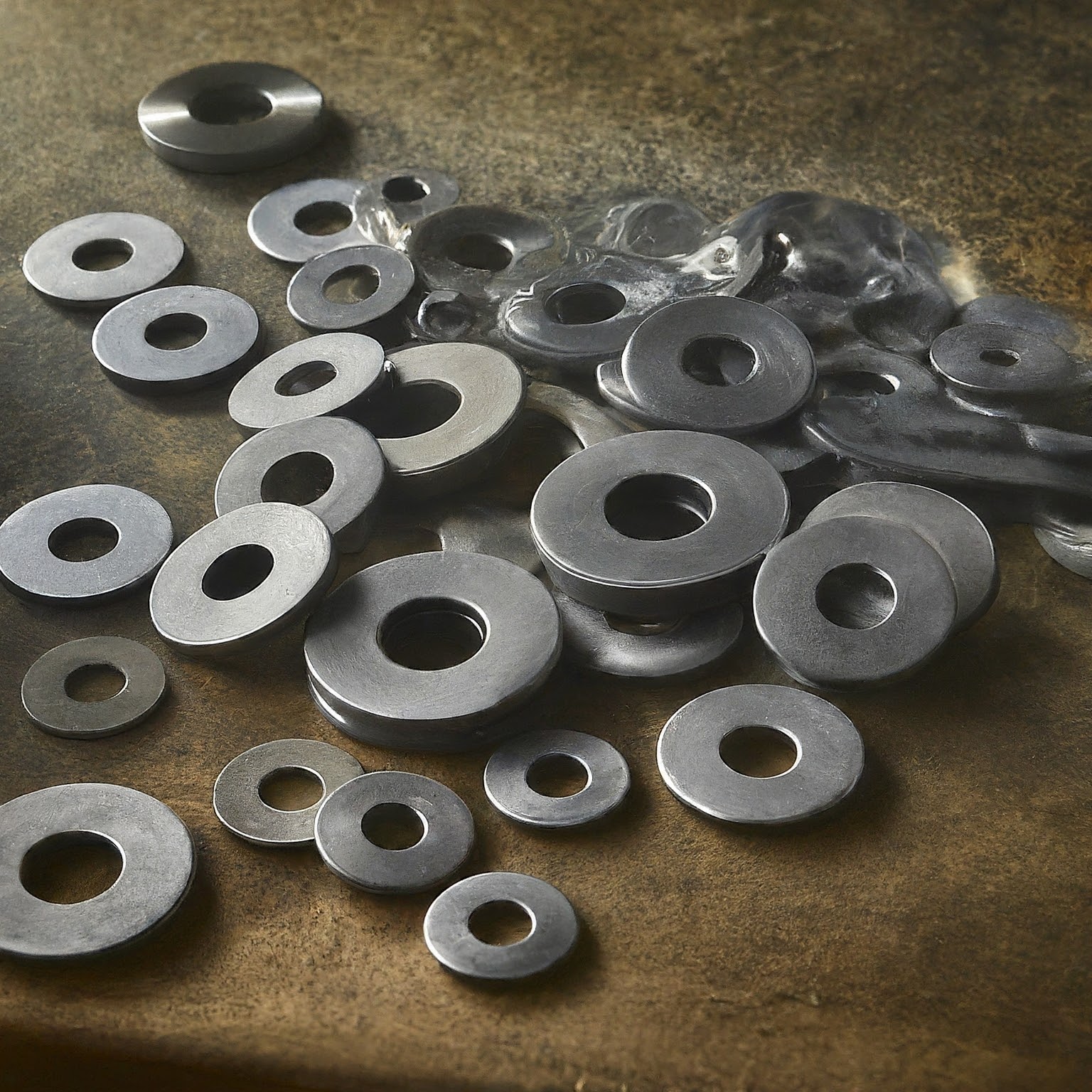
Imagine a tiny but mighty washer that can handle tough conditions. That's the idea behind bimetallic washers! These special washers are made by combining two different metals, giving them extra strength and resilience compared to regular washers.
This guide will explain how bimetallic washers work, what makes them great, and when to use them. By understanding the difference between these and regular washers, you'll be able to choose the best option for your project.
A washer is a small, flat disk-shaped component typically made of metal. It’s a crucial element in countless assemblies, from simple home repairs to complex industrial machinery. Primarily, a washer distributes the load of a fastener over a wider area, preventing it from sinking into the material and causing damage. This humble component plays a vital role in ensuring the integrity and longevity of countless structures and devices.

Unlike traditional single-metal washers, bimetallic washers are engineered marvels composed of two different metals bonded together. This unique construction imparts extraordinary properties that surpass those of standard washers. By combining the strengths of two distinct metals, bimetallic washers offer a superior performance profile, making them ideal for demanding applications.
The magic behind bimetallic washers lies in the contrasting thermal expansion rates of the two metals. When exposed to temperature fluctuations, these metals expand and contract at different paces. This differential expansion generates tension within the washer, resulting in several key advantages:
Bimetallic washers offer a compelling array of benefits that make them a preferred choice in many applications:
While bimetallic washers offer numerous advantages, it's essential to consider their potential drawbacks:

To better understand the differences between Bimetallic washers and regular washers, consider the following comparison:
| Feature | Bimetallic Washer | Regular Washer |
|---|---|---|
| Material | Two bonded metals | Single metal |
| Thermal stability | Excellent | Poor |
| Corrosion resistance | Often superior | Depends on metal |
| Electrical conductivity | Can be high | Depends on metal |
| Durability | Higher | Lower |
Bimetallic washers truly shine in applications characterized by:
Selecting the ideal bimetallic washers involves careful consideration of several factors:
By meticulously evaluating these aspects, you can confidently select the bimetallic washer that perfectly aligns with your project's requirements.

Bimetallic washers are invaluable components in numerous engineering and industrial applications. Their exceptional properties provide a clear advantage over traditional washers in demanding environments. While they come with higher costs and limited availability, their performance benefits often justify the investment. By understanding the strengths and limitations of bimetallic washers, you can make informed decisions to optimize your designs and assemblies.



